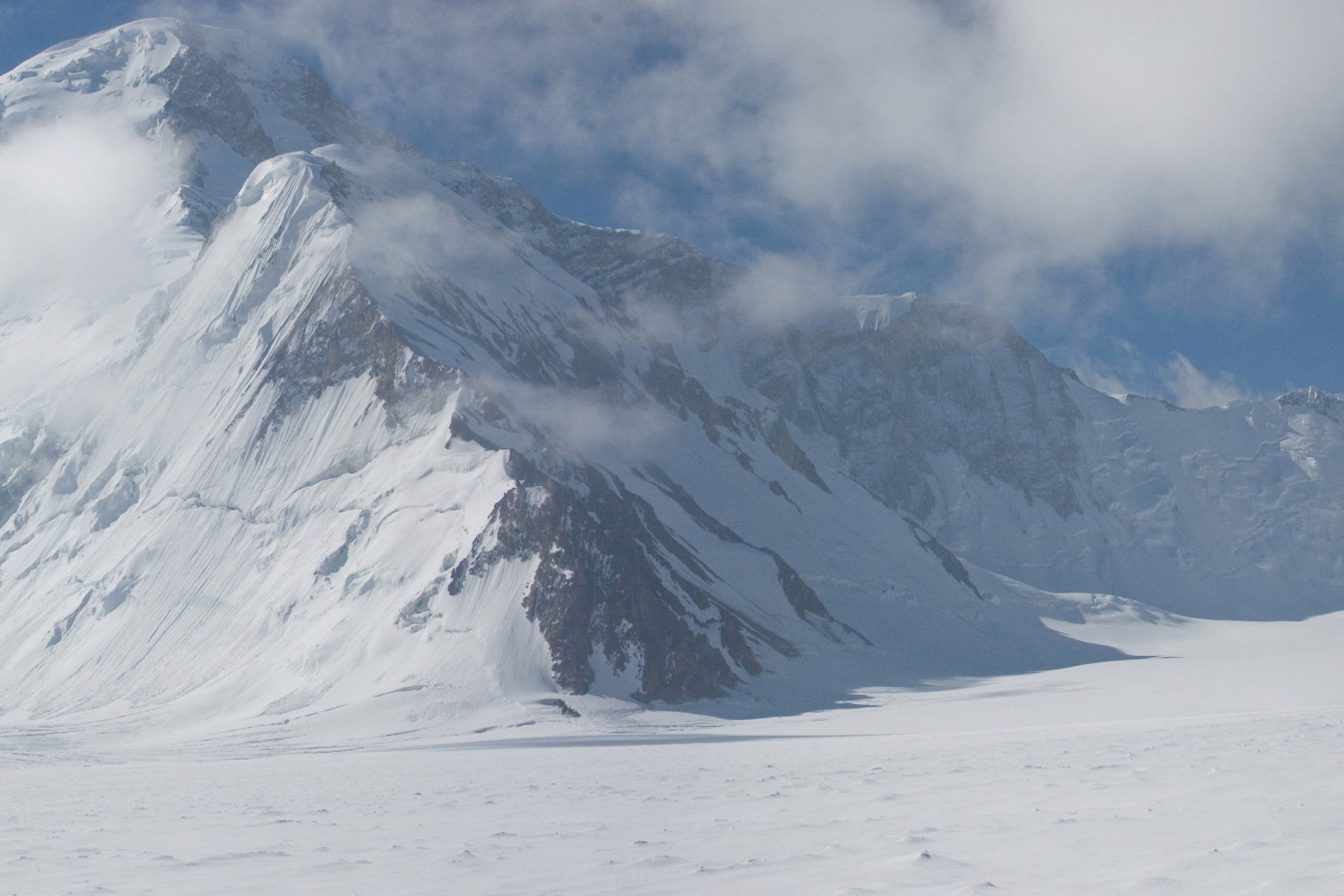The frequency of sand and dust storms in Tajikistan has increased tenfold over the past decades, posing a significant threat to glaciers. This has led to the melting of over 1,000 glaciers, exacerbating natural disasters like landslides and floods, which threaten regional infrastructure and populations.
Impact of dust storms on glaciers:
- Dust carried by storms deposits on glaciers, altering their thermal properties and accelerating melting.
- Storms are now recorded 35 times annually, compared to just 2-3 occurrences in the 1990s.
- Dust and heavy metals detected on glaciers originate from storms, raising environmental and socio-economic concerns.
Consequences:
- Water shortages for agriculture, energy, and drinking purposes.
- Economic losses from disasters like floods and landslides.
- Strain on food security and hydroelectric energy production.
Mitigation efforts:
- Continuous monitoring of glaciers is essential.
- Addressing gaps in forecasting, early warning systems, and data collection.
Slowing glacier melting: strategies at different Levels
- Global level -- raise awareness about climate change and develop international environmental projects to control global warming.
- National level -- implement laws against deforestation and promote reforestation; invest in ecological research and education; and monitor and reduce harmful emissions.
- Industrial Level -- adopt renewable energy and recycling practices and promote waste reduction and employee eco-awareness.
- Individual Level: Conserve electricity and water; opt for walking or cycling over driving; and use heating and cooling systems efficiently.
These actions collectively aim to mitigate the effects of climate change and preserve Tajikistan's critical glacier resources.
Tajikistan’s glaciers are vast reserves of fresh water, crucial for the survival of millions. The Vanjyakh (formerly Fedchenko) Glacier, the largest in Tajikistan, stretching over 70 kilometers in length, alone is a colossal natural reservoir, but recent decades have seen its edges recede significantly, a clear sign of distress. The total number of glacier are counted around 10000 and only more than of them are classified as large. The Amu Darya and Zarafshon river systems are supplied by extensive glaciers in Tajikistan, providing water that ultimately reaches downstream countries such as Uzbekistan, Turkmenistan, and Kazakhstan. As a result, it is commonly acknowledged that a significant portion of the region’s water originates in Tajikistan.
Scientific measurements indicate that Tajikistan’s glaciers have been losing volume at a rate that exceeds global averages. Specific data points reveal that some glaciers in the region are thinning by more than one meter annually.
Tajik climatologists assessed the impact of global climate change on the glaciers of Tajikistan. According to the results of observations, since 1930, the total area of glaciers of the country has decreased by about 30%. According to experts, if the current rate of glacier degradation persists in Tajikistan, numerous small glaciers in the country will completely vanish within the next 30-40 years. This will have a significant impact on the water flow of several rivers, including the Zarafshon, Kofarnihon, Qaratogh, and Obihingou. The glaciated area of the country is projected to decrease by 15-20% compared to the present.








Nine countries to become BRICS partners in 2025
88 Tajik citizens deported from the United States over four years due to violation of US legislation
Tajikistan records lowest inflation rate in the post-independence era
Construction of railway connecting China, Kyrgyzstan and Uzbekistan to start on December 27
Global coffee prices reach record high: how will this impact the Tajik market?
Rahmon and Putin to discuss pressing issues of migration policy
Russian delegation reportedly invites Iran's president to pay an official visit to Russia in early 2025
Tajik aircraft to undergo maintenance in Aktau
Russia's Mufti Council revokes fatwa on polygamy following prosecutor general's office intervention
Somon Mahmadbekov named Tajikistan’s athlete of the Year
All news
Авторизуйтесь, пожалуйста